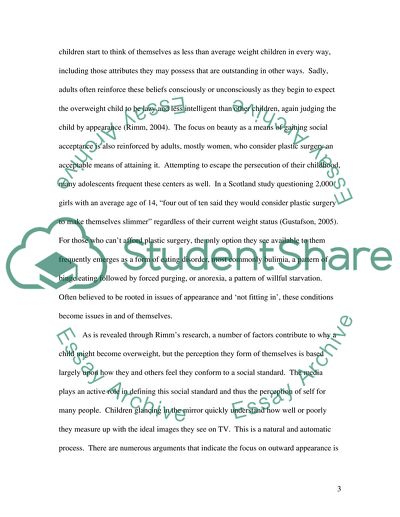Cite this document
(Bulimia and Adolescents Research Paper Example | Topics and Well Written Essays - 1500 words, n.d.)
Bulimia and Adolescents Research Paper Example | Topics and Well Written Essays - 1500 words. Retrieved from https://studentshare.org/psychology/1731225-bolheium-in-adolescents
Bulimia and Adolescents Research Paper Example | Topics and Well Written Essays - 1500 words. Retrieved from https://studentshare.org/psychology/1731225-bolheium-in-adolescents
(Bulimia and Adolescents Research Paper Example | Topics and Well Written Essays - 1500 Words)
Bulimia and Adolescents Research Paper Example | Topics and Well Written Essays - 1500 Words. https://studentshare.org/psychology/1731225-bolheium-in-adolescents.
Bulimia and Adolescents Research Paper Example | Topics and Well Written Essays - 1500 Words. https://studentshare.org/psychology/1731225-bolheium-in-adolescents.
“Bulimia and Adolescents Research Paper Example | Topics and Well Written Essays - 1500 Words”, n.d. https://studentshare.org/psychology/1731225-bolheium-in-adolescents.


